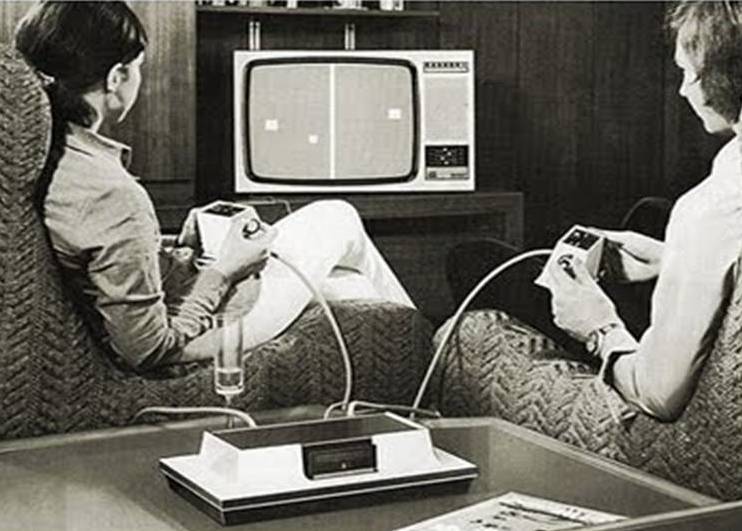Ralph H. Baer, who just passed away, began dreaming of designing games for TV sets in 1951, but it wasn’t until 15 years later that he started to fully flesh out the idea, eventually creating the first home video-game system, the Odyssey. From his New York Times obituary by Douglas Martin:
Flash back to the sultry late summer of 1966: Mr. Baer is sitting on a step outside the Port Authority Bus Terminal in Manhattan waiting for a colleague. By profession, he is an engineer overseeing 500 employees at a military contractor. Today, a vision has gripped him, and he begins scribbling furiously on a yellow legal pad with a No. 2 pencil.
The result was a detailed four-page outline for a “game box” that would allow people to play board, action, sports and other games on almost any American television set. An intrigued boss gave him $2,000 for research and $500 for materials and assigned two men to work with him. For all three, as they plowed through prototype after prototype in a secret workshop, the project became an obsession.
In March 1971, Mr. Baer and his employer, Sanders Associates in Nashua, N.H., filed for the first video game patent, which was granted in April 1973 as Patent No. 3,728,480. It made an extraordinarily large claim to a legal monopoly for any product that included a domestic television with circuits capable of producing and controlling dots on a screen.
Sanders Associates licensed its system to Magnavox, which began selling it as Odyssey in the summer of 1972 as the first home video game console. It sold 130,000 units the first year.
Odyssey consisted of a master control unit containing all the electronic gear, two player control units that directed players on the TV screen, and a set of electronic program cards, each of which supported a different game. Plastic overlays that clung to the screen to supply color were included. To supplement the electronic action, a deck of playing cards, poker chips and a pair of dice were included.
But the guts of the device were what mattered: 40 transistors and 40 diodes. That hardware ran everything. Odyssey, often called the first home computing device, had no software.
Several months after Odyssey hit the market, Atari came out with the first arcade video game, Pong. Though Pong became better known than Odyssey and was in some ways more agile, Sanders and Magnavox immediately saw it as an infringement on their patent.•
Tags: Douglas Martin, Ralph H. Baer

